
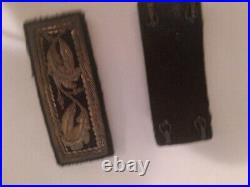

These are cuff rank hook on cuff tabs for a French Prefet (Prefect) A regional leader appointed by the president. They are done in hand embroidered gold bullion thread EXTREMELY, IF NOT IMPOSSIBLE TO FIND.


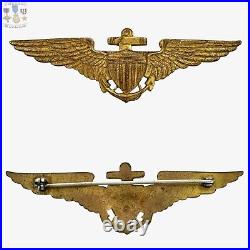
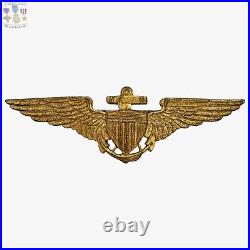
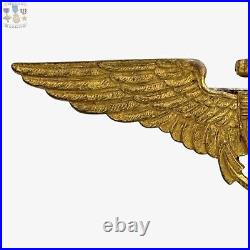
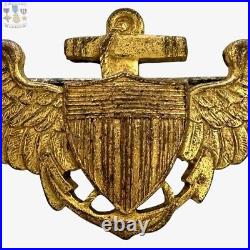
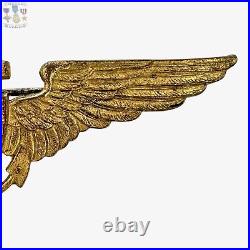
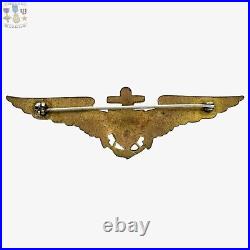
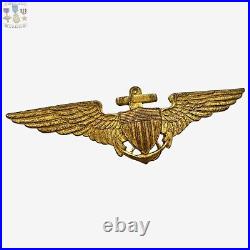
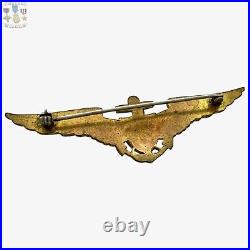

ORIGINAL 1920’S UNITED STATES NAVAL AVIATOR WINGS INSIGNIA, 2-3/4 INCH SIZE BADGE, PIN-BACK. A naval aviator is a commissioned officer or warrant officer qualified as a crewed aircraft pilot in the United States Navy or United States Marine Corps. United States Coast Guard crewed aircraft pilots are officially designated as “Coast Guard aviators”, although they complete the same undergraduate flight training as Navy and Marine Corps crewed aircraft pilots, and are awarded the same aviation breast insignia. Please let me know if there’s anything else I can do for you!


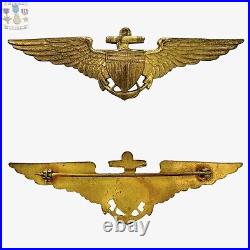
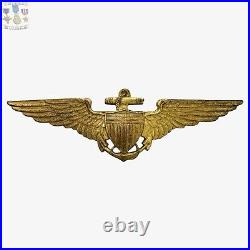
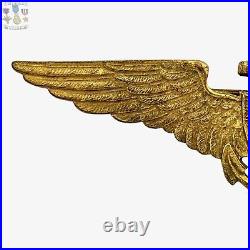
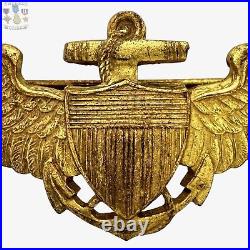
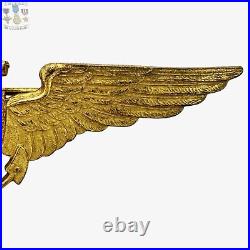
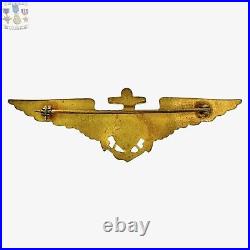
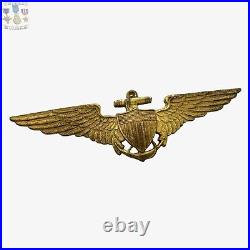
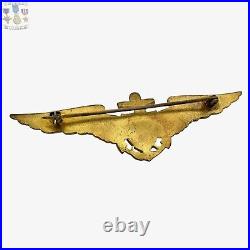

ORIGINAL 1920’S UNITED STATES NAVAL AVIATOR WINGS INSIGNIA, 2-3/4 INCH SIZE BADGE, PIN-BACK. A naval aviator is a commissioned officer or warrant officer qualified as a crewed aircraft pilot in the United States Navy or United States Marine Corps. United States Coast Guard crewed aircraft pilots are officially designated as “Coast Guard aviators”, although they complete the same undergraduate flight training as Navy and Marine Corps crewed aircraft pilots, and are awarded the same aviation breast insignia. Please let me know if there’s anything else I can do for you!


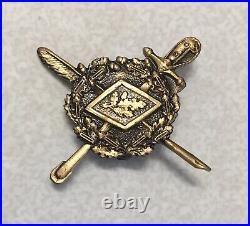
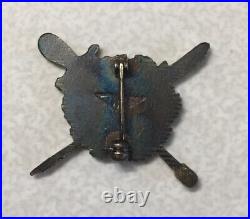
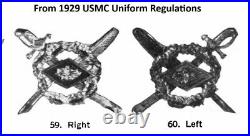

Rare interwar USMC 2nd pattern department device for warrant officers working in the Paymasters department. First seen in the 1929 USMC uniform regulations.


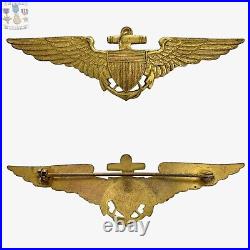
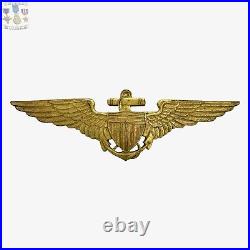
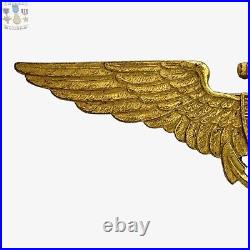
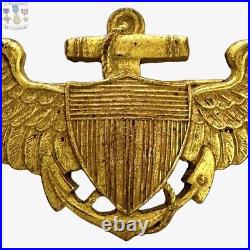
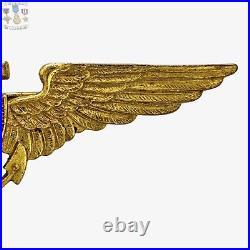
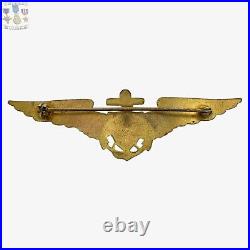
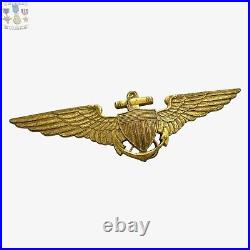
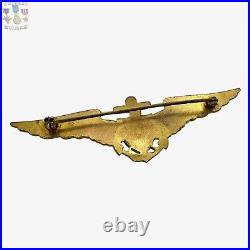

ORIGINAL 1920’S UNITED STATES NAVAL AVIATOR WINGS INSIGNIA, 2-3/4 INCH SIZE BADGE, PIN-BACK. A naval aviator is a commissioned officer or warrant officer qualified as a crewed aircraft pilot in the United States Navy or United States Marine Corps. United States Coast Guard crewed aircraft pilots are officially designated as “Coast Guard aviators”, although they complete the same undergraduate flight training as Navy and Marine Corps crewed aircraft pilots, and are awarded the same aviation breast insignia. Please let me know if there’s anything else I can do for you!


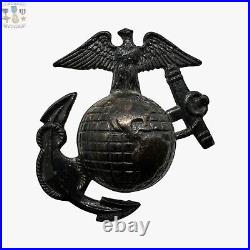
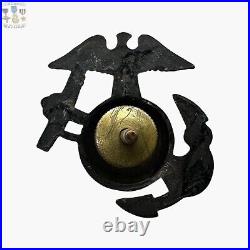
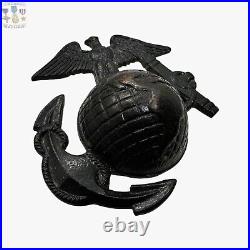


ORIGINAL 1920’S UNITED STATES MARINE CORPS ENLISTED EAGLE GLOBE ANCHOR HAT/CAP INSIGNIA, SCREW-BACK. The Globe-and-Anchor Cap Device is worn on the cap of the Marine Corps dress uniform. The globe on the U. Marine emblem signifies continuing historical service in any part of the world. The eagle represents the United States. The anchor, which dates back to the founding of the Corps in 1775, acknowledges the naval tradition of the Marines and their continual service under the command of the Department of the Navy. Please let me know if there’s anything else I can do for you!


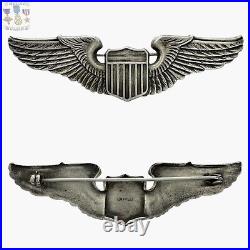
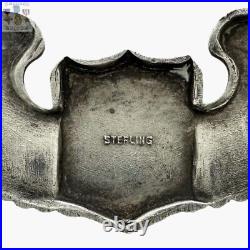
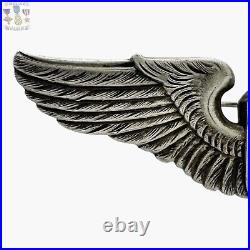
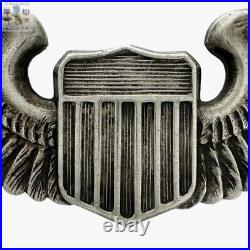
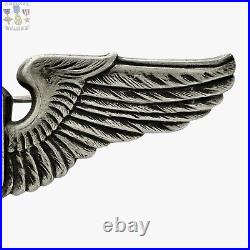
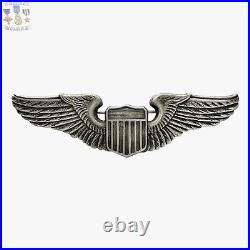
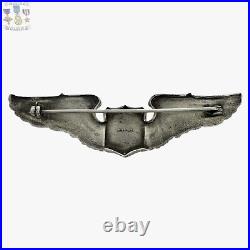
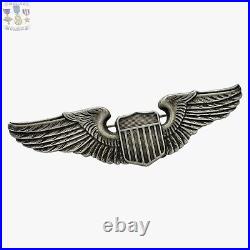
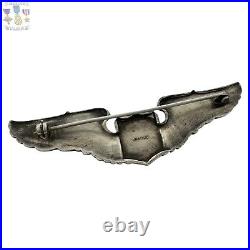

ORIGINAL 1930’S UNITED STATES ARMY AIR CORPS PILOT WINGS, 3-1/16 INCH SIZE, PIN-BACK. During World War II, with the rise of the Army Air Forces, a second series of aviator badges were issued to include a design that has survived to the modern day. The Pilot Badge was issued in three degrees, including Pilot, Senior Pilot, and Command Pilot. A polished silver colored version of these badges is currently used as the United States Air Force Pilot Badges. From August 1941 to November 1942, the Enlisted Aviator program was restarted. Candidates had to be at least 18, possess a high school diploma, and have graduated at the top of their high school class. Graduates were rated as Flight Staff Sergeants or Flight Technical Sergeants and wore the same pilot’s wings as officers. They were usually assigned to pilots of transport and auxiliary aircraft to free officer pilots to pilot the more prestigious fighters and bombers. Auxiliary pilots received their own special wings to indicate their status and specialty. In November 1942 all enlisted pilots were promoted to Flight Officer rank and enlisted cadets were graded as Flight Officers or Second Lieutenants depending on merit. Please let me know if there’s anything else I can do for you!


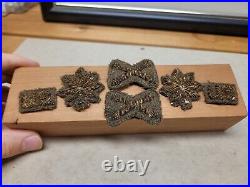
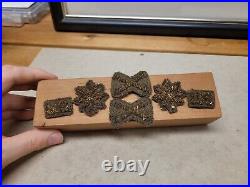
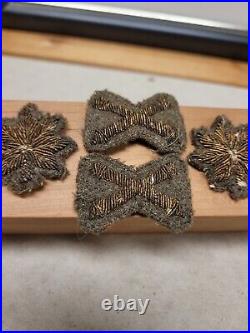

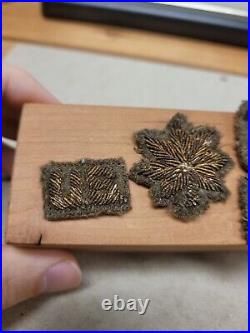
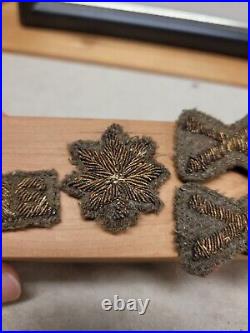
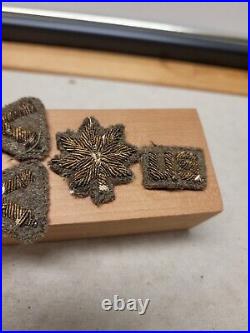
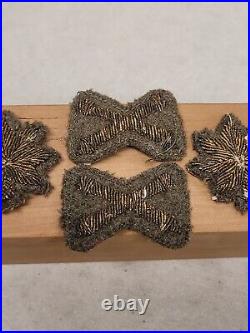
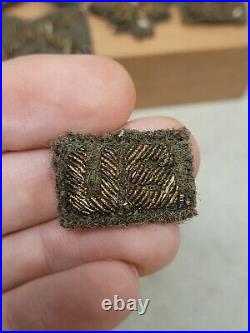
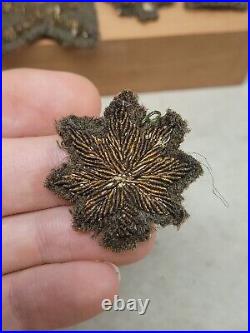
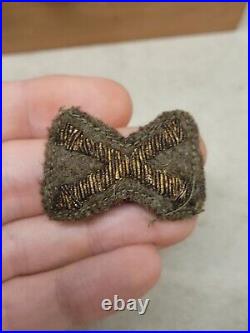
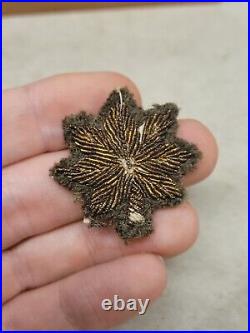
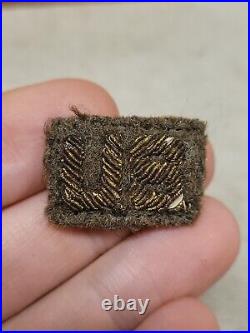
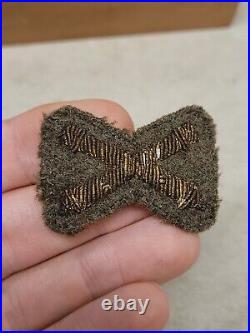
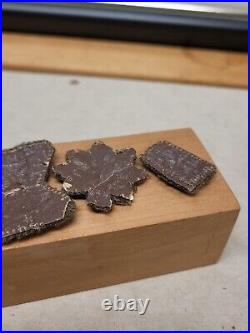
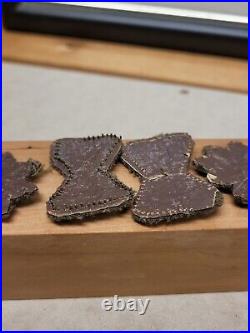
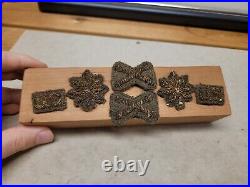
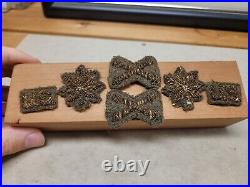
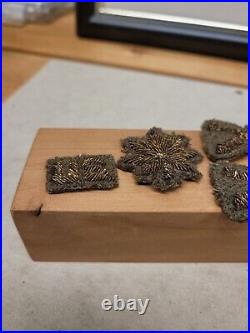
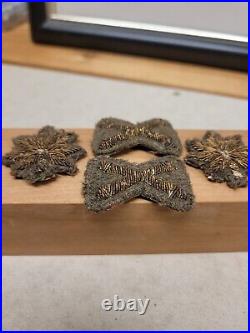
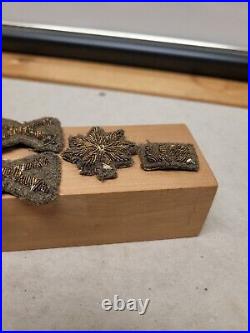
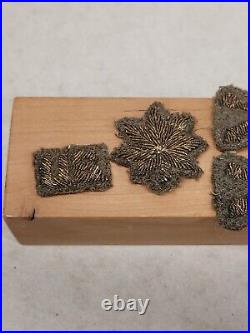
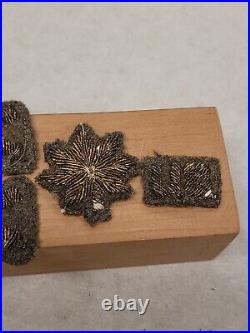
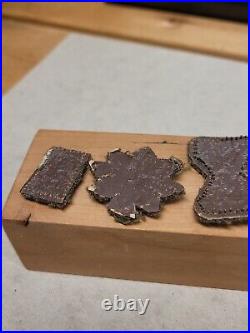

Exceptionally rare 1920s or 30s hand made Gold Bullion on Olive drab with leather back uniform removed insignia grouping. These gold bullion insignia date to the 1920s or 30s inter war period though could have been used war period… They exhibit a lot of use and wear but have a great patina.. Included are a paid of LT Col / pair of US & a pair of Artillery bullions… Original period used examples of these are rare as hens teeth as they were very sucpetible to moth damage. The army at the time these used was much smaller so in general a lot less were made! These are hard to upgrade.. Period used examples are much hard to find then NOS examples that were un cut. There is a part of me based on construction that thinks these might date to the WW1 era but im unsure if you know please let me know! A stunningly rare set! Check out all my other militaria!


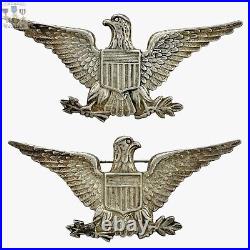
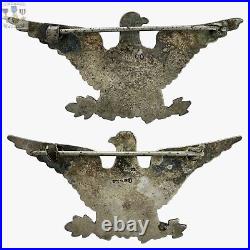
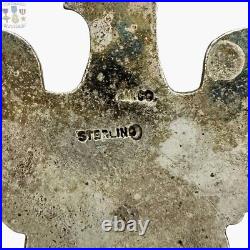
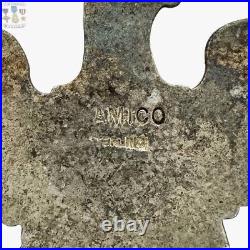
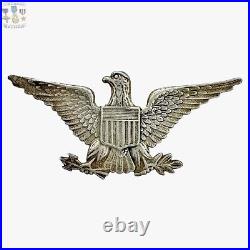
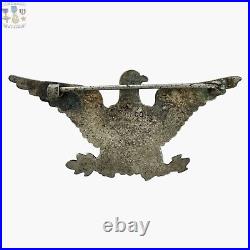
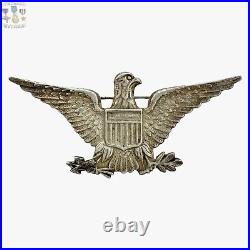
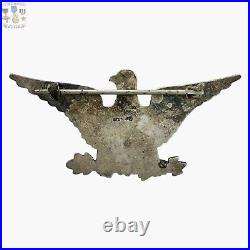
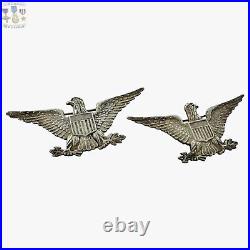
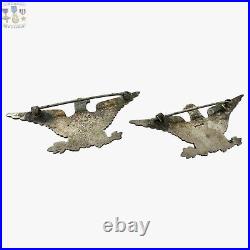

LARGE 1-7/8 INCH SIZE 1920’S UNITED STATES ARMY & MARINE CORPS COLONEL EAGLES SHOULDER INSIGNIA, PIN-BACK W/ OPEN “C” CATCH. The insignia for a colonel is a silver eagle which is a stylized representation of the eagle dominating the Great Seal of the United States (which is the coat of arms of the United States). As on the Great Seal, the eagle has a U. Shield superimposed on its chest and is holding an olive branch and bundle of arrows in its talons. However, in simplification of the Great Seal image, the insignia lacks the scroll in the eagle’s mouth and the rosette above its head. On the Great Seal, the olive branch is always clutched in the eagle’s right-side talons, while the bundle of arrows is always clutched in the left-side talons. The head of the eagle faces towards the olive branch, rather than the arrows, advocating peace rather than war. As a result, the head of the eagle always faces towards the viewer’s left. Some colonel eagles from the 1920s to the 1950s faced the arrows, though this is no longer done. The full-sized colonel eagle is exactly two inches in diameter from the tips of each wing. Please let me know if there’s anything else I can do for you!























































































